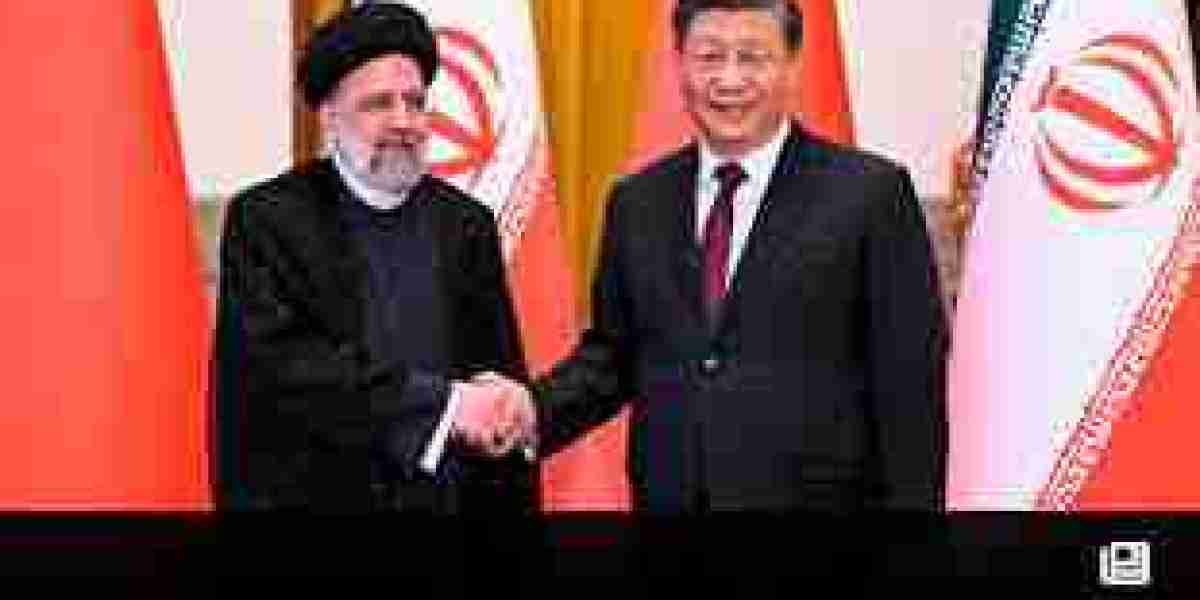The landmark development has infused the country with a massive annual economic boost of $35 billion, according to reports. Specifically, in 2024s first three months, Iran has averaged 1.56 million barrels per day. A predominant amount of those exports have been given to China.
The BRICS economic alliance shifted the geopolitical landscape when it announced an expansion invitation to six nations. Of those, five countries responded with acceptance, being the first countries introduced to the bloc since 2001. Those nations included Saudi Arabia, Iran, Egypt, Ethiopia, and the United Arab Emirates (UAE).
Now, that expansion is already proving its worth. Indeed, amid the BRICS dominance of the sector, both China and Iran have set a major oil record. Specifically, the latter has reached a six-year high in oil exports due in large part to its increased sales to China.
The export volume has reached its highest since Q3 2018 and showcases a clear benefit of the economic collective. Moreover, oil production and exports have increased noticeably over the last year, amid ongoing sanction issues that the country is facing.
With Saudi Arabia and the UAE joining BRICS, its oil sector dominance was notable. That is set to continue, with local currency settlement only adding to the symbiotic benefits of the ongoing bilateral trade.
These developments will continue to establish strength in the global south. Their presence and prominence should continue to grow and create greater division amid global economics. However, it should also give more credence to the multipolar ideologies shared by the BRICS collective



